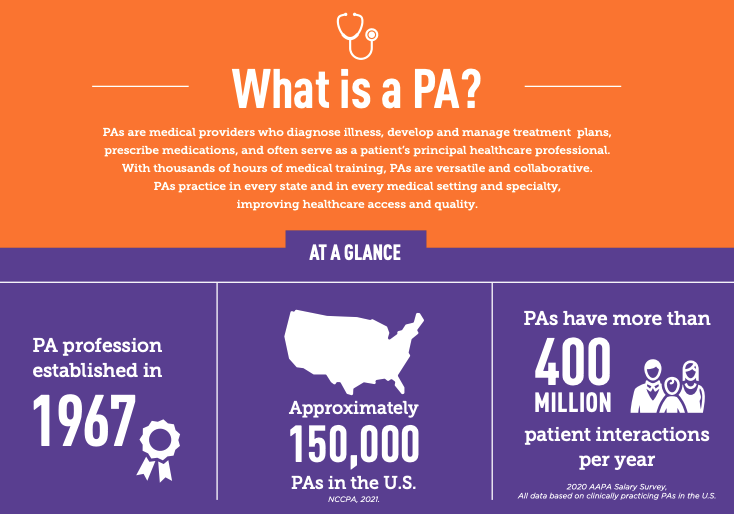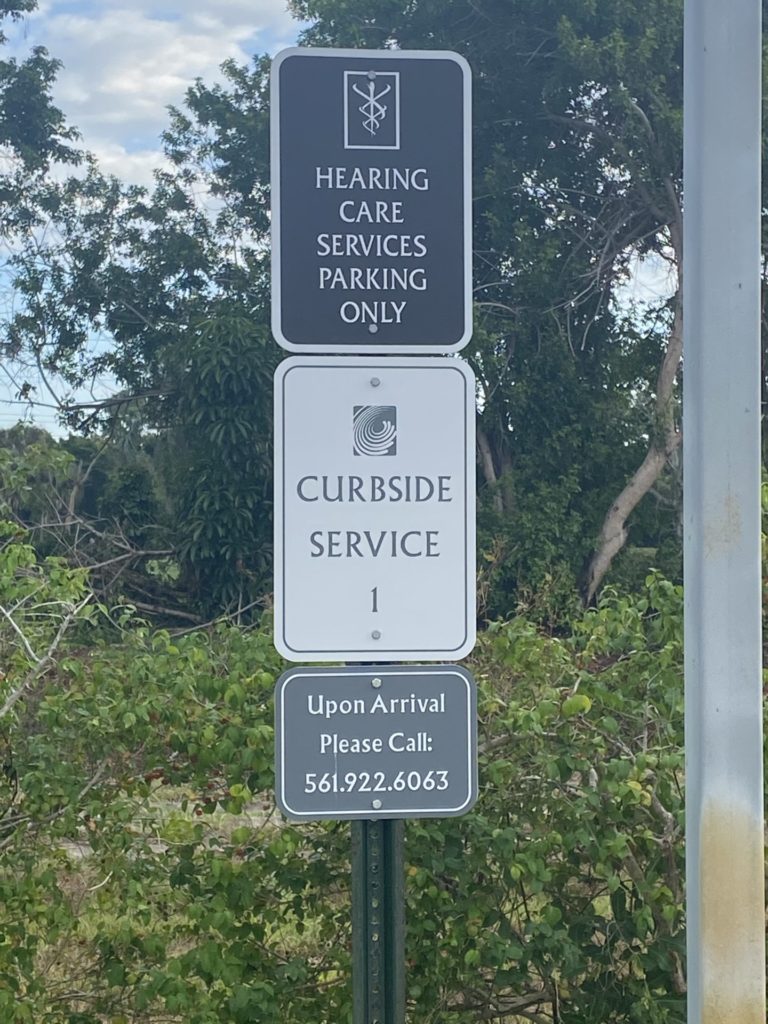The Audiology – Mid-Level Provider Relationship.
Getting to Know the Nurse Practitioners and Physician Assistants.
By: Patricia Ramos, AuD
Working in ear, nose and throat (ENT) involves interfacing with many providers; physicians, mid-level providers like physician assistants (PAs) and nurse practitioners (ARNPs), speech pathologists, and physical therapists to mention a few. These providers make a tremendous impact on the practice, opening appointment options, improving triage and expanding the overall capacity to deliver care. PAs and ARNPs are a welcomed addition into the provider team and the patient care partnership, particularly when it comes to audiology.
If you have been to a physician lately, you know that many specialties are using mid-level providers, both as primary providers, as well as collaborative partners with the physician. As an audiologist, the mid-level provider can be an incredible partner in the hearing health care journey. On a day-to-day basis, we support many aspects of the ENT specialty, often simply because when there is more than one physician, there is more than one professional interest. Many ENTs manage a general practice, seeing patients with symptoms that span the general specialty, however, similar to audiology, most still have a favorite area; allergy, sleep, rhinology, cosmetics, otology and head and neck surgery, to mention a few.

The mid-level provider may have an area that they are more interested in as well, but what many will tell you is they are typically trained as generalists. If they choose to go into a specialty area, the more narrow, focused training and experience happens on the job. Audiologists have a unique opportunity to work with mid-level providers, and as you’ll learn from our PA interviews this month, learning the ENT and audiology specialty requires commitment; not just the procedures that need to be mastered, both in the office and sometimes even in the OR, but hearing science, audiology and hearing rehabilitation are areas where their knowledge also mostly is honed by one the job experience and through their partnerships with their audiology providers. In our interviews, both providers pointed out how important the relationship between providers is to the overall care of the patient. They also discussed the need for on-going education within the specialty, and especially around audiology diagnostics, surgical and non-surgical interventions for the treatment of hearing loss, tinnitus and dizziness.
We developed a mid-level provider audiology training program to introduce our PA and APRN providers to a deeper understanding of the audiology specialty. We’ve found that our audiologists also benefit greatly from understanding the physician assistant approach to the patient. The heightened communication and overall collaboration to care improves the patient experience, practice efficiencies and our patient outcomes. Another benefit the audiology team has noticed is that our mid-level providers tend to have more time to spend with a patient during their visit and are often more easily able to work patients into their schedules on short notice. This improves our ability to manage a patient’s needs within one appointment. We find that working closely with our PAs and APRNs really aligns our counseling messages, and the few extra minutes they spend enables them to help reinforce audiological recommendations.

Understanding how providers have been trained, working together to expand each other’s knowledge and really focusing on how to manage the patient as they are passed from one provider to another and back to another again is good work that is well worth the effort between healthcare professionals. One of the most important things that can be done in an environment where many providers are involved is to get to know each other a little better, focus on expanding our on-the-job training all with the hope that it improves the providers, the overall patient journey and ultimately, creates the best outcome for our patients.
Check out the infographic from the American Academy of PAs to learn more!







